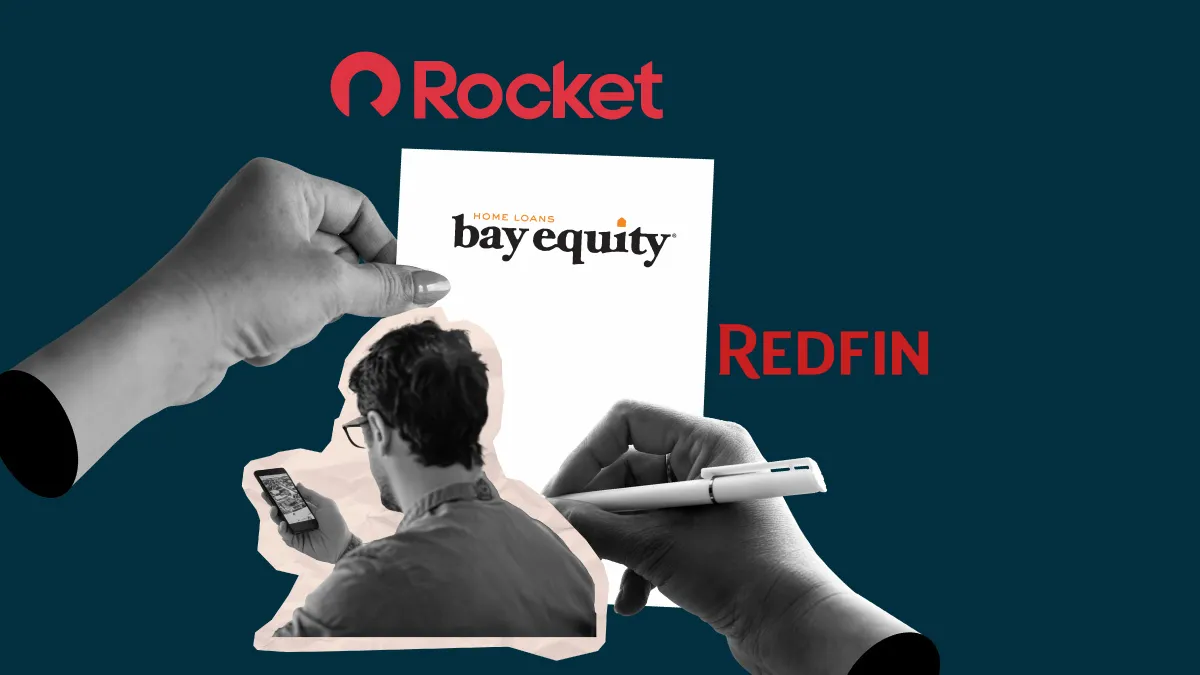The driving forces behind mortgage providers who leave external processors

First, let’s understand the role of outsourcing, which has become a common practice for many mortgage lenders to manage the complexity and volume of tasks in connection with Escrow services and payment processing. Unfortunately, the use of external processors can lead to a lack of transparency and flexibility. When lenders use outsourcing, they often become dependent on third -party systems, and this can be problematic for complex tasks when direct supervision is necessary. No less than 39% of lenders nowadays relieve a third party to manage their Escrow service1.
Insight into the costs involved
High costs are a major problem. Processors of third parties often charge considerable costs for their services, which can significantly influence the Bottom Line of the lender. An important player in the outsourcing industry charges between $ 50 and $ 80 per mortgage for their services, depending on the complexity and location of the mortgage. Ultimately, these costs start to add up quickly and to run the profitability, especially for lenders who manage large portfolios.
According to a recent research study, 40% of the mortgage providers say that rising operational costs are the biggest challenges with which they are confronted in managing Escrow-related real estate tax payments1.
Moreover, outsourcing the control of a lender limits over their entire operations. When this happens, they lose direct supervision of the process. This lack of control can lead to inefficiencies and many errors, because the external processor may not have the same level of dedication to the specific needs and goals of the lender. The lender can also find it a challenge to cancel or change the Outsourcing agreement, which further limits his flexibility.
The dependence on external processors can also limit the transparency of processes and systems that are used for operations. This lack of transparency can make it difficult for lenders to actually fully control and manage their activities, which leads to possible problems with compliance and customer satisfaction.
Forty -one percent of the lenders nowadays say that they are being challenged by adjustment restrictions with their current Escrow Management Tools or Platforms via third parties, and 42% say that high costs are also a challenge1.
A renewed look at direct service
As a result of these challenges, limitations and risks, mortgage lenders are increasingly focused on more direct maintenance to maintain control and to reduce costs. Direct maintenance enables money lenders to manage their activities internally, which provides more transparency and flexibility. When they handle internal Escrow services and payments, lenders ensure that their processes correspond to specific needs and goals, which leads to more efficient and accurate activities.
Moreover, direct service money lenders can quickly adapt to changing market conditions. In today’s very volatile economic climate, flexibility is extremely important for maintaining profitability and operational efficiency. Direct maintenance can respond faster to changes in regulations, market trends and also customer requirements, and this helps to guarantee a more resilient operational environment.
Of those lenders who benefit from direct maintenance, the majority (35%) point to automation tools as the largest cost-saving measures they have implemented in the past twelve months for Escrow management1.
Given the volatile threat of current presidential rates, this is certainly important. Rates have been set to increase the costs of imported goods and materials that can have a direct impact on the mortgage industry. When lenders can reduce the dependence on third -party services, they can better manage their expenses and limit the overall financial impact of rates.
With all this in mind, staying competitive in today’s business climate has never been more important for mortgage providers, especially since the industry is still determined by rapid changes and intense competition. With rapidly changing regulations, shifting interest rates and consumer expectations, lenders must be agile and innovative to stay ahead.
With a direct service model, lenders can lower costs and maintain control of their activities, while they have the flexibility to respond to changing market dynamics. Through the use of current automation technology that optimizes internal processes, lenders can improve their service offerings, improve customer satisfaction and further distinguish themselves from competitors. By following this proactive approach, lenders will build up a stronger presence on the market and ensure long -term success in a very competitive and volatile environment.
Steven Pals is director of business development at car agent.
This column does not necessarily reflect the opinion of the editorial department of Housingwire and the owners.
To contact the editor who is responsible for this piece: [email protected].




